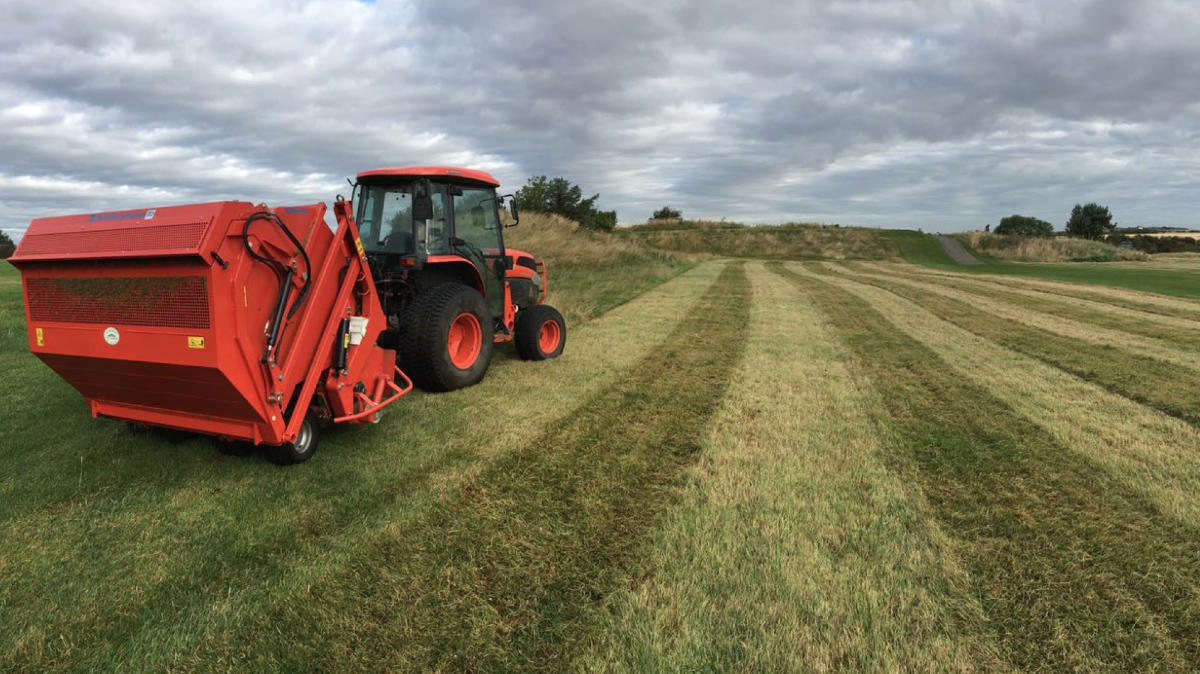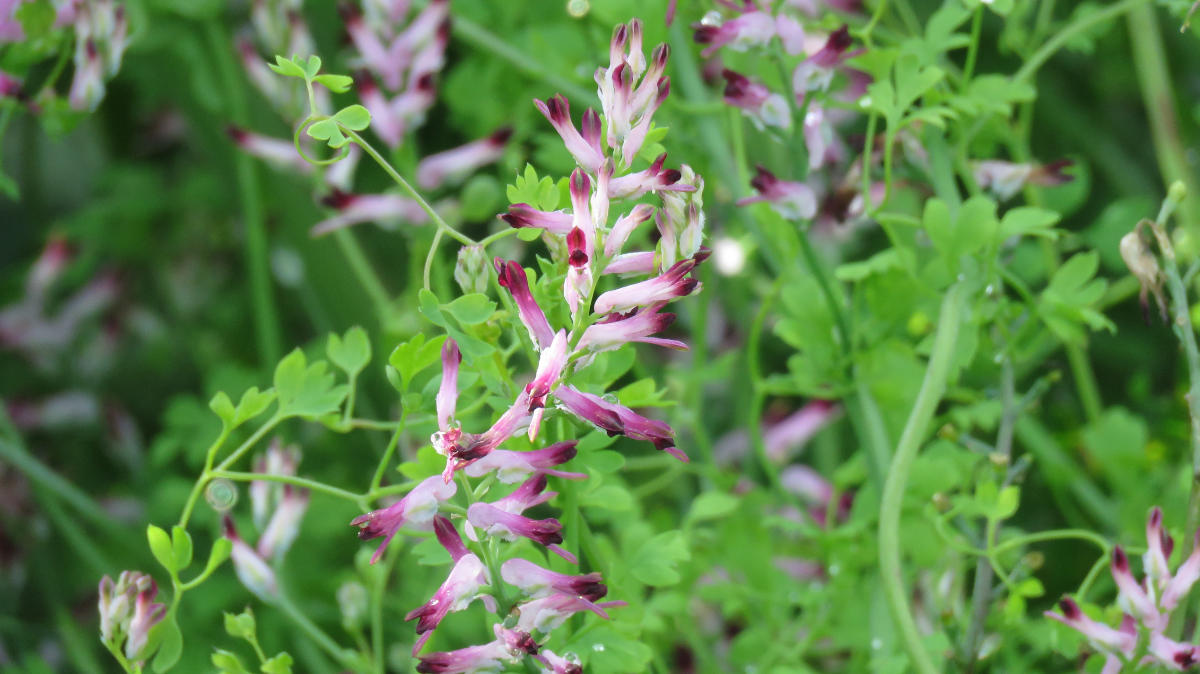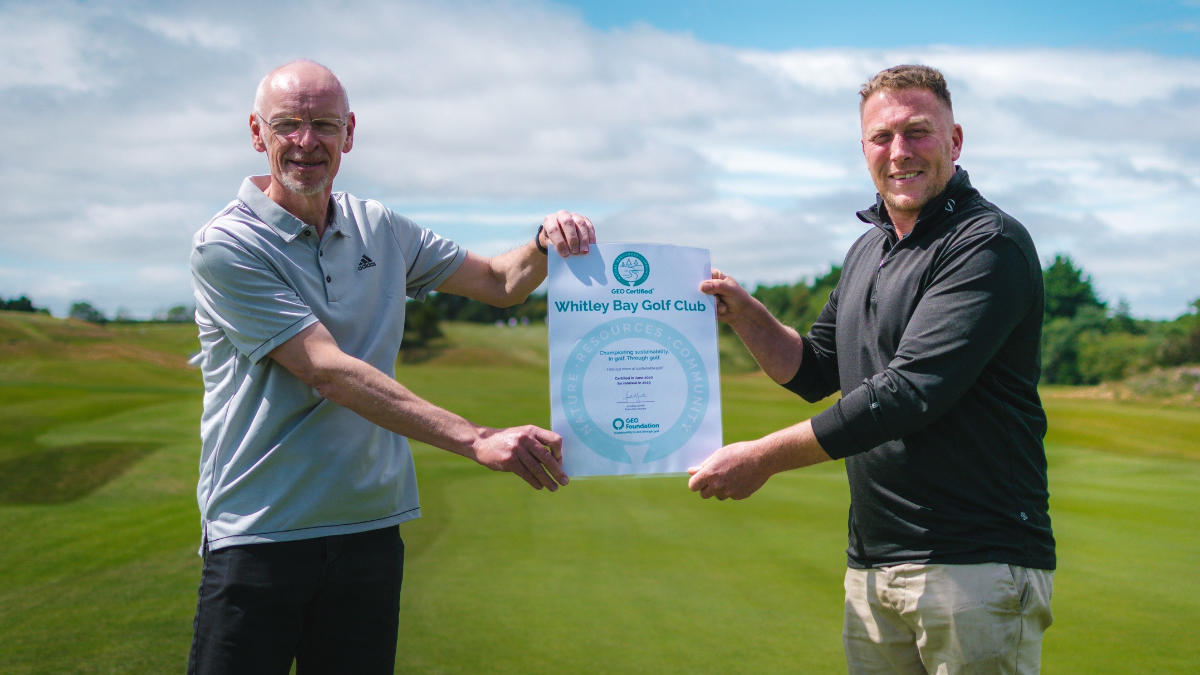- Homepage
- News and Features
- How Whitley Bay Golf Club achieved environmental excellence
How Whitley Bay Golf Club achieved environmental excellence

Six years ago, Whitley Bay Golf Club was a well‑regarded private members’ club on the north east coast that faced a falling membership.
There was little focus towards business sustainability and any kind of environmental management was a definite no‑no.
Although the course performed well through the playing season, it struggled to meet a modern golfer’s expectations, due to a lack of year‑round consistency.
Fast forward six years and we are now one of the few clubs in the area that still requires a joining fee and has a membership that is bursting at the seams.
The club’s change in fortune coincides with the new sustainable model that has been adopted and an entire team across all departments that has embraced and engaged in this transition, driving improved performance and consistency in all areas.
For a small club in the north east of England to achieve golf’s highest sustainability distinction is beyond our wildest dreams and testament to the club’s determination to improve.
The course plots it way around a dynamic landscape that is now framed by amazing grasslands, bursting with a multitude of flora and fauna.
Low maintenance surfaces provide our members with fast and firm consistent performance for 12 months of the year, fuelling an increased interest in participation.
Back at the beginning of my journey at ‘The Bay’ I had a vision in my head of a thriving, future‑proofed golf course, which provided unrivalled playing conditions, bustling with members who played the game they love on a golf course they are proud of. It may seem a little strange but my own idea of the perfect golf course is one that is not over managed and sits sympathetically within a beautiful nature reserve.

Nature
From the very start it was our intention to focus upon the site as a whole, not just the in‑play areas. An environmental plan was formulated and implemented in conjunction with our super ecologist, BIGGA’s James Hutchinson, that ensured a diverse environment was created throughout, flowing effortlessly from managed turf to unmanaged habitats.
Using a strategic approach towards management gave us the ability to focus our attention and micromanage specific areas that were most in need of improvement. The frequency and intensity of work was adjusted to suit and regular monitoring appraised our progress, helping to bring these areas
in line.
As you would expect we initially had some opposition to our plans of moving from an intensively managed site with striped turf in every direction to a more environmentally managed landscape.
Members feared the worst. imagining long rough, a scruffy course and all too many lost golf balls.
We overcame this through a staggered transition of gradually adding small » areas, year after year, to mitigate any disgruntlement while areas improved.
These areas now add so much to the course – from aesthetics, wildlife, flora, fauna, noise and smell – that there would be Hell to pay if I ever suggested that the stripes return!
While walking the course these days I am often taken back by the beautiful sea of orchids, birds foot trefoil and yellow which now grace the parameters of each hole, creeping ever closer to play lines in the mown rough.
Turfgrass management
In the early days a fair bit of hardcore weightlifting and liposuction was required across all surfaces to create a suitable environment that could support year round golf.
Over the years, as improvements have been made, the desired results have been achieved while simultaneously reducing our reliance on chemicals, inputs and disruptive maintenance. Selected desirable grasses have also been introduced to assist nature’s natural transition to a more sustainable sward.
We’ve reduced nitrogen input by 30% over the last six years and around 40% of what remains is organic.
Around 20 tonnes of compost are created annually from green waste, while there’s been an 80% reduction in the use of biostimulants.
Over that period we’ve introduced five hectares of environmental rough, reducing the burden to maintain those areas by the greenkeeping team and improving ecological diversity.
Our management strategies are based around the implementation of successful traditional practises with simple modern twists. This use of modern machinery and technology now allows us to achieve standards that surpass that of our predecessors, but their sustainable legacy remains essential, creating the building blocks that now support first class playing conditions that are achieved in a responsible way.

Resources
Irrigation usage has been reduced over the years and the club has moved to a strategy based around proactive monitoring and hand watering.
Upgrades have been made to the irrigation system to improve efficiency, including renewing old heads, low angled nozzles to cope with the sea breeze and pressure regulator valves. »
In all areas of the facility a culture of striving to reduce our carbon footprint has been adopted. Reductions in electric and water usage through the introduction of LED lights, sensors and flow reducers has had an impact.
The roof of the greenkeeping facility has been converted into a sea of solar panels, which not only allows us to be less reliant on the grid but also generates an income. In total, 12,500kw of renewable energy is produced annually.
Out on the course our ongoing equipment replacement plan has driven the change to hybrid and electric equipment over the last few years, which has helped to lower emissions and cost.
We also have two beehives, consisting of around 100,000 bees.

Community
The club now benefits from a small army of passionate volunteers, including both members of the club and the external community. They help out with various course tasks as well as more official duties, such as starters and course marshals.
During this process of development lots of interesting information on a wide variety of topics has been gained. We pass this knowledge on to members, various local groups, members of the public and industry professionals by hosting various course walks, education days and seminars.
Communication is without doubt one of our biggest strengths and is used for so much more than just passing information.
A huge variety of methods are utilised to ensure members are fully aware of everything going on at the club.
Newsletters, notice boards, social media and blogs all contribute.
Our network now reaches so much further than just Whitley Bay and each week thousands of people experience what goes on at The Bay, which has led to more people wanting to get involved with the club on a voluntary basis.
My own personal highlights from this journey at Whitley Bay over the last six years are as much about the positive impact we have had on people as the golf course and business.
I now arrive at work each day and see a team who approach their profession with so much attentive passion and personal pride and members who finish the round full of happiness and joy. Conversations discussing wildlife and wildflowers seem as important as greens and fairways because they all contribute to that positivity, making the club a better place to be – and members appreciate that.
It’s hard to remember the club we were six years ago and everyone is so proud of the sustainable golf club we enjoy today.
Simon Olver is a BIGGA member and was writing for Greenkeeper International, the monthly journal of BIGGA. He wins a £100 Continue to Learn voucher and is in with an opportunity to win £750 and an all-expenses paid trip to Florida, courtesy of Campey Turf Care Systems. Find out more and get involved here.
Author


